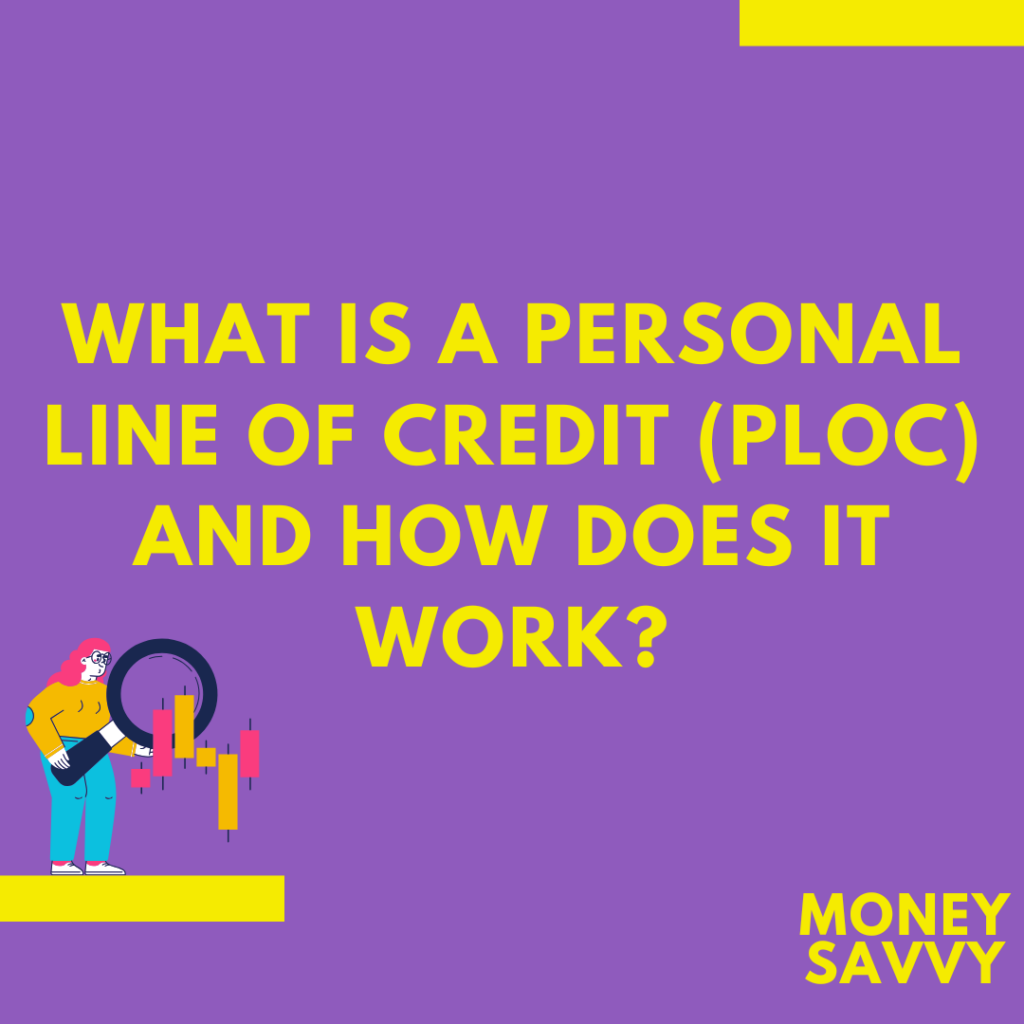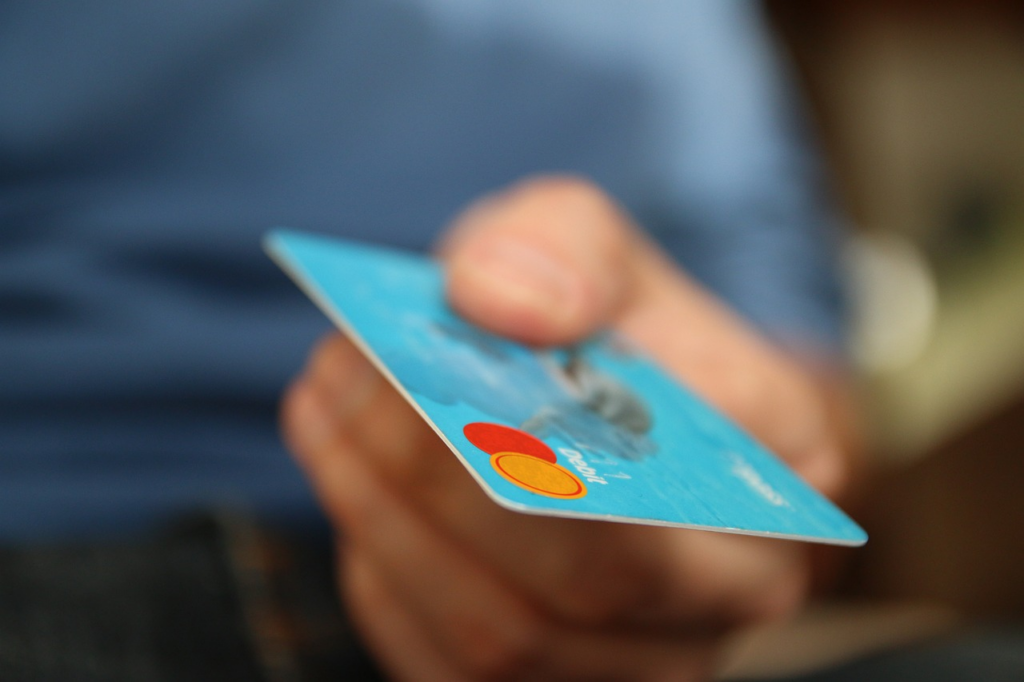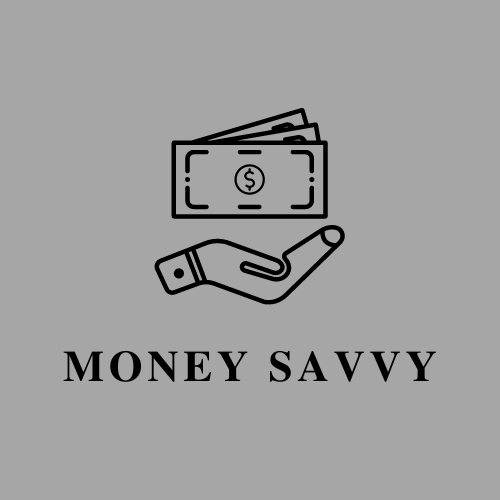A Personal Line of Credit (PLOC) is a flexible financial tool that allows you to borrow funds as needed, up to a pre-determined credit limit. Unlike a traditional loan where you receive a lump sum, a PLOC enables you to withdraw money on an ongoing basis during a “draw period,” paying interest only on the amounts you actually use. It is a revolving credit line, meaning once you pay back what you borrow, the funds become available again. This makes it ideal for situations where you need access to funds over time, such as managing variable expenses or unexpected emergencies.

Key Features of a Personal Line of Credit

- Unsecured Credit: Most PLOCs do not require collateral, such as a car or property, making them unsecured loans. However, this means lenders typically require a good credit score, a strong financial history, and consistent income to approve you. Higher-risk borrowers might struggle to qualify without offering some form of security.
- Credit Limit: When applying for a PLOC, the lender will approve you for a specific credit limit. This limit is based on factors like your credit score, income, and debt-to-income ratio. You can borrow up to this limit and only pay interest on the portion of the credit you use.
- Variable Interest Rates: PLOCs usually come with variable interest rates, meaning the rate can fluctuate over time depending on market conditions. The advantage is that if interest rates decrease, your cost of borrowing might also go down. However, rising interest rates could increase your monthly payments and total repayment costs.
- Draw and Repayment Periods: A PLOC typically has two phases: the “draw period” and the “repayment period.” During the draw period, which can last several years, you can borrow and repay as needed. After the draw period ends, you enter the repayment period, during which you will no longer have access to credit and must focus on repaying the full outstanding balance over a set time.
- Flexible Repayments: PLOCs allow for flexible repayment. You typically only need to make minimum monthly payments during the draw period, which can be interest-only payments. However, paying more than the minimum helps reduce the overall debt and interest charged. Once the draw period ends, fixed monthly payments are usually required until the balance is fully repaid.
Benefits of a Personal Line of Credit
- Flexible Access to Funds: One of the primary advantages of a PLOC is its flexibility. You can access funds as needed, whether for home renovations, medical bills, or consolidating higher-interest debts. Unlike a personal loan, you don’t receive a lump sum upfront, so you’re not paying interest on money you haven’t used.
- Interest on Amount Used: With a PLOC, you only pay interest on the amount you borrow, not the full credit limit. This can be a cost-effective option if you’re unsure how much money you’ll need over time.
- No Collateral Required: Most PLOCs don’t require you to put up collateral, such as your home or car. This makes it less risky for borrowers but can lead to stricter approval criteria from lenders, such as requiring a higher credit score or financial history.
Drawbacks of a Personal Line of Credit
- Variable Interest Rates: While a variable interest rate can work in your favor when rates are low, it also means your payments could increase if rates rise. This unpredictability can make budgeting more difficult, particularly during periods of economic volatility.
- Potential Fees: Depending on the lender, PLOCs can come with a variety of fees, including application fees, annual or monthly maintenance fees, and even withdrawal fees. It’s important to carefully review the fee structure before committing to a PLOC to avoid unexpected costs.
- Risk of Overborrowing: Because a PLOC offers easy access to funds, it can be tempting to borrow more than you actually need. This can lead to higher debt levels and make repayment more challenging.
How Does a Personal Line of Credit Compare to Other Borrowing Options?
- PLOC vs. Personal Loan: A personal loan provides you with a fixed amount of money upfront, with a fixed interest rate and regular payments. A PLOC, on the other hand, offers more flexibility by allowing you to borrow money as needed and pay interest only on what you borrow. However, personal loans often have lower interest rates and more predictable payments, which can make them a better choice for some borrowers.
- PLOC vs. Credit Cards: Both PLOCs and credit cards are revolving lines of credit, meaning you can borrow, repay, and borrow again as needed. However, PLOCs typically have lower interest rates than credit cards, making them a cheaper option for large or ongoing expenses. Credit cards, however, may offer rewards and 0% promotional interest rates, which can be advantageous for short-term borrowing..
Common Uses of a Personal Line of Credit
- Emergency Expenses: PLOCs are often used for unexpected costs like medical bills, car repairs, or home maintenance.
- Home Renovations: Homeowners might use a PLOC to finance ongoing home improvement projects, drawing funds as needed throughout the renovation process.
- Debt Consolidation: Borrowers may use a PLOC to consolidate higher-interest debts, such as credit card balances, into a single, lower-interest repayment plan.
- Major Purchases: If you’re planning a wedding, vacation, or another significant expense, a PLOC can offer the flexibility to manage the costs over time.
Conclusion
A Personal Line of Credit offers a flexible, revolving credit option for individuals who need ongoing access to funds. It can be a great alternative to credit cards or personal loans, especially for those who value flexible repayment and only want to pay interest on the amount they borrow. However, before applying, it’s important to consider the potential fees, variable interest rates, and your own financial discipline to ensure it’s the right fit for your needs.

